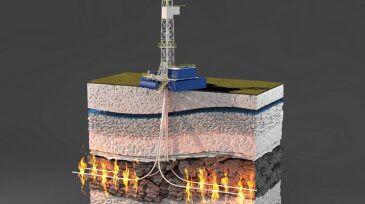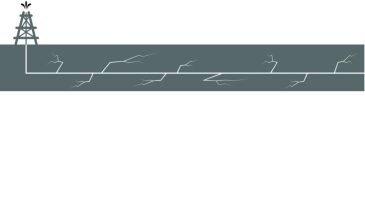Hydraulic Fracturing Content Feed
-
Good reservoir detective work costs money, but two studies show how it can help identify even more expensive problems.
-
Shale operators are working harder to get as much out of new wells as they did from older ones nearby.
-
Widely held images of what happens when a well is fractured often bear little resemblance to what actually happens underground.
-
Stanford geoscientists have found a way to detect thousands of tiny tremors around hydraulic fracturing operations that could serve as predictors of eventual larger earthquakes.
-
Stanford geoscientists have found a way to detect thousands of tiny tremors around hydraulic fracturing operations that could serve as predictors of eventual larger earthquakes.
-
SPE Distinguished Lecturer Dan Tormey will present his peer-reviewed study of the environmental effects of hydraulic fracturing during a Web event scheduled for 8 March.
-
Schlumberger and Weatherford called off a joint venture, with Schlumberger buying Weatherford’s US fracturing assets outright.
-
A commission that oversees water quality for the watershed that supplies Philadelphia and half of New York City with drinking water took another step toward permanently banning natural gas drilling and hydraulic fracturing, despite industry opposition.
-
Fracturing reservoirs effectively can be like boxing. Moving in close enough to land a powerful punch often means a fighter has to take some hits. To effectively develop all the productive rock in a lease, new wells are drilled as close as possible to older ones, making frac hits inevitable.
-
Secrecy lies at the heart of invention and capitalism to reward innovators with exclusive rights to their creations. But that secrecy can also come at a cost. With drilling and fracturig, the ingredients and chemicals used to obtain oil and gas are legally allowed to be kept confidential.









